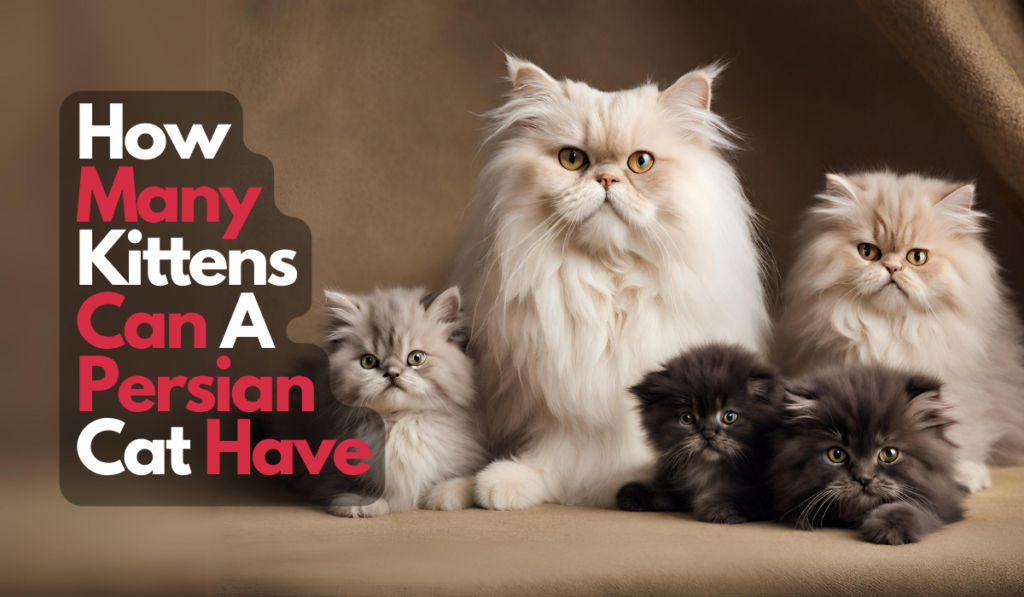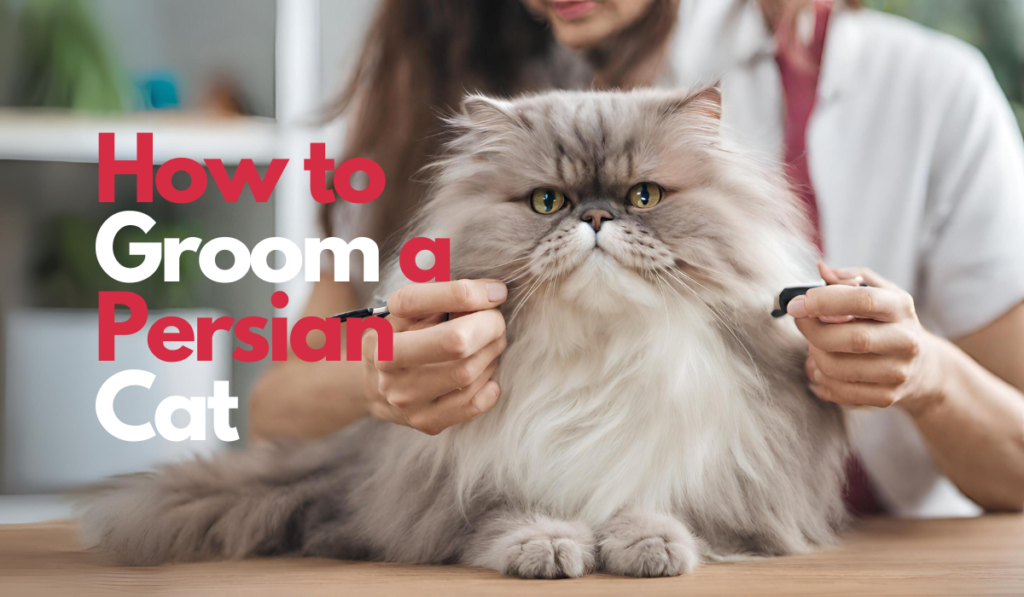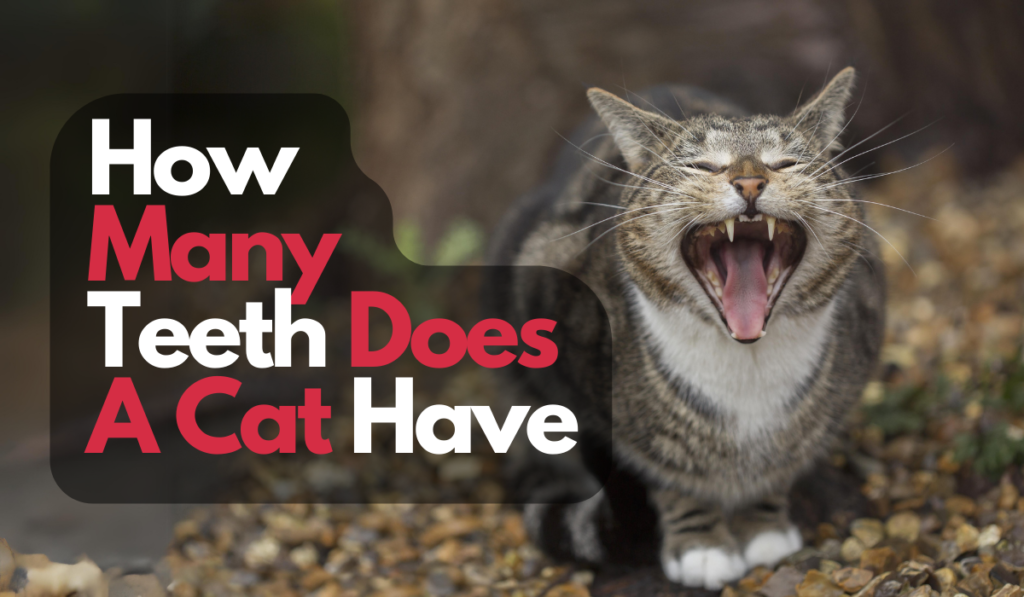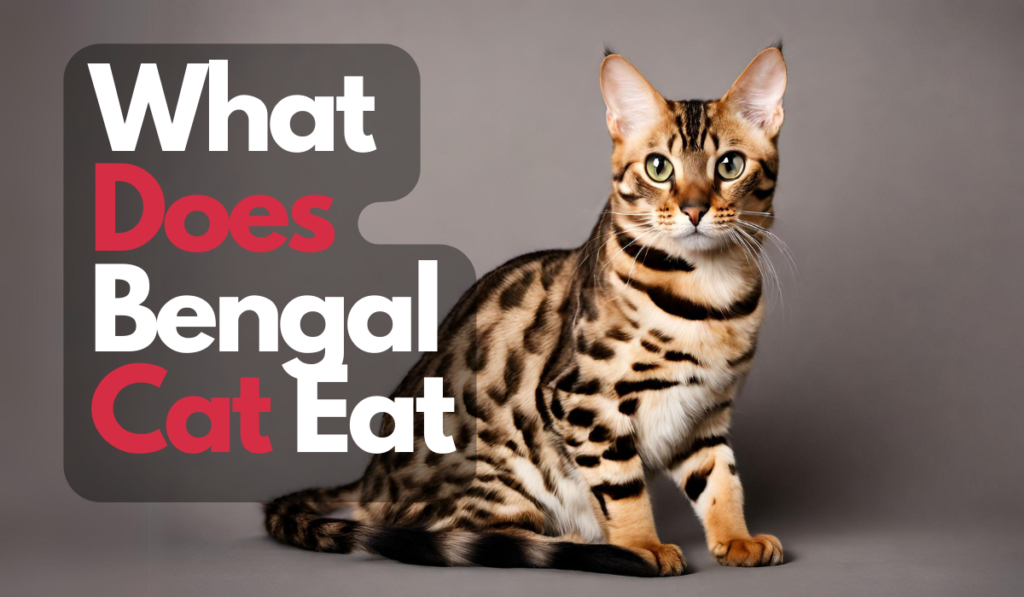The Persian cat, known for its long, luxurious hair, sweet disposition, and seductive appearance, is a popular choice for breeders and enthusiasts. If you’re considering breeding Persian cats or curious about their reproductive habits, it’s essential to understand the factors influencing litter size.
Persian cats usually give birth to between 1 and 6 kittens. In addition, the actual number may differ depending on some other issues like genetics, age of the cat, general condition, and feeding. Typically, younger as well as healthy Persian cats tend to produce more kittens than old or lesser-healthy ones.
This article focuses on “how many kittens can a Persian Cat have” and the determinants of litter size, the average number of kittens per litter for Persian cats, and key considerations for breeding these attractive felines.
Why Litter Size Matters in Persian Cat Breeding
Breeding Persian cats is both a responsibility and an art. The number of kittens in each litter can significantly impact the health and care required both for the mother and her young. Here, we delve into the elements that play a crucial role in determining Persian cat litter size:
- Genetics: The genetics of the Persian cat often play a crucial role in determining litter size.
- Age: The cat’s age significantly impacts its reproductive capacity, with younger cats typically having smaller litters.
- Health: The overall health and well-being of the cat can affect litter size, with healthier cats likely to have larger litter.
- Nutrition: Proper nutrition is essential for breeding cats, influencing both the health of the mother and the potential size of the litter.
Understanding the Average Litter Size for Persian Cats

Typically, Persian cats can have litters ranging from one to six kittens. However, this number can vary, influenced by the cat’s genetics, age, and overall health.
Breeding Considerations
When breeding Persians, it’s important to consider the following:
- Health Screening: Genetic testing and regular health checks are essential before breeding to ensure the well-being of both parents and offspring, a key part of breeding Persian cats responsibly. Check out this article to learn some of the most common health issues in Persian Cat.
- Age and Reproductive Maturity: Breeding should ideally occur once cats reach reproductive maturity, typically between 1 to 3 years of age.
- Proper Nutrition: A balanced diet is crucial for the mother cat before and after conception.
- Supervised Mating: Supervising the mating process can prevent potential injuries and ensure successful Persian cat breeding
- Pregnancy and Birthing Care: Regular veterinary care is essential during pregnancy, and a calm environment is necessary for birthing.
Managing and Nurturing a Large Persian Cat Litter

Caring for each kitten, especially in larger litters, demands attention and dedication:
- Regular Monitoring: Keep track of each kitten’s growth and health. Regular weight checks are crucial for caring for Persian kittens.
- Nutritional Support: Ensure all kittens have access to adequate nutrition, which might include supplemental feeding.
- Early Socialization: Introduce the kittens to various stimuli early on to aid in their development into well-rounded adult cats.
Conclusion
Breeding Persian cats is not only a journey filled with challenges but also one rich with rewards. Understanding and effectively managing litter size is a vital aspect of this journey. By ensuring the health and well-being of both the mother and her kittens, breeders play a crucial role in preserving the unique qualities of this enchanting breed. It’s a responsibility that extends beyond mere care—it’s about nurturing a legacy.
Every kitten born is a new chapter in the story of the Persian breed, a story that breeders help to write with dedication, love, and an unwavering commitment to excellence. As we continue to admire and cherish these magnificent creatures, breeding Persian cats responsibly is not just about bringing new life into the world; it’s about enhancing the quality of the breed and ensuring the welfare of each individual cat.







